If you’ve been a lifelong fan of Overwatch, the term GOATS will surely send chills up your spine. To say that GOATS was a blunder made by Blizzard Entertainment is putting it lightly, as it was one of the key reasons for this hero shooter’s eventual decline.
Before Marvel Rivals succeeded in what Overwatch couldn’t maintain (despite a solid foundation), GOATS was the beginning of the end for 2016’s GOTY. So, let’s take a look back at Overwatch GOATS.
Table of contents
What is GOATS in Overwatch?
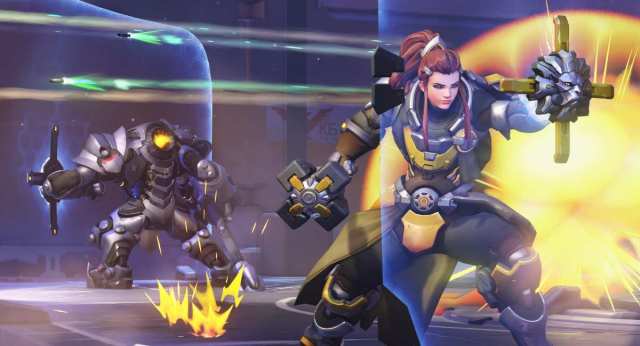
GOATS was the most popular composition in 2018, consisting of three tanks and three supports. The original line-up was D.Va, Reinhardt, Zarya, Brigitte, Lucio, and Moira. Goats, an unsponsored team at the time, first used the meta. They went on to dominate with this composition as six-vs-six thrived. The team’s success using this strategy across two tournaments led to GOATS becoming the meta for an entire year due to its runaway success.
The history of Overwatch’s GOATS meta

You’ve probably heard it all when it comes to classic compositions of an Overwatch team. Often highlighting spearheading units of a team, the Brawl composition consisted of close-range damage that would typically include Reinhardt, Mei, and Reaper. On the opposite end was the Dive composition, where you’d expect to see more mobile characters with an emphasis on burst damage, such as Winston, D.Va, and Tracer.
But no composition had as much weight and history as the legendary GOATS. Before Overwatch 2 there was Overwatch, where role queue was a fantasy and any combination of roles could be picked, even in competitive. Not enough people understand the bitter taste of defeat at the hands of five support characters with a Genji main. Only two years after its initial release in 2016, the GOATS formula came into the spotlight during the North American Open Division Trials. Goats, an under-the-radar North American Overwatch team, originated the (at the time) unheard-of composition.
The team placed first in season two of Open Division and season four of BEAT Invitational by exclusively using D.Va, Reinhardt, Zarya, Brigitte, Lucio, and Moira. The latter would eventually be switched out with Zenyatta for more damage. This formula was comprised exclusively of tank and support heroes. This triple tank strategy led to a heavy steamrolling tactic being used, with consistently aggressive damage and persistent heals—effectively creating a moveable, impenetrable wall. The turnover of ultimate usages was more overwhelming than usual, and the composition overall was a close-range beast.
How teams countered the GOATS meta
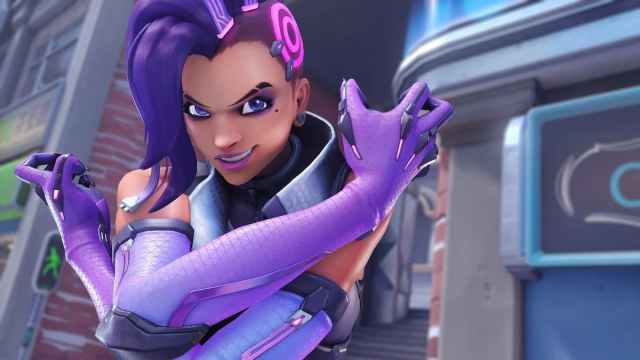
While GOATS was gaining popularity, the go-to tactic to counter it, as seen in the early games of Overwatch League season two, was with a Mercy and Pharah duo (“Pharmacy”) or a Junkrat, who’d throw in splash damage from a distance. Doomfist and Sombra would eventually become the optimal combo, as both heroes isolated targets and shut them down. But considering the GOATS composition would protect the team from the majority of ultimates due to the numerous barriers and stuns available, most teams settled on simply mirroring the composition rather than trying to fight against it.
The reason for this is simple: It was easier to roll out with the same composition, as there were more risks in trying to win against GOATS with new strategies. GOATS was a force to be reckoned with, forcing Blizzard to put an end to this overpowered composition that overstayed its welcome once and for all.
Why was GOATS so controversial?
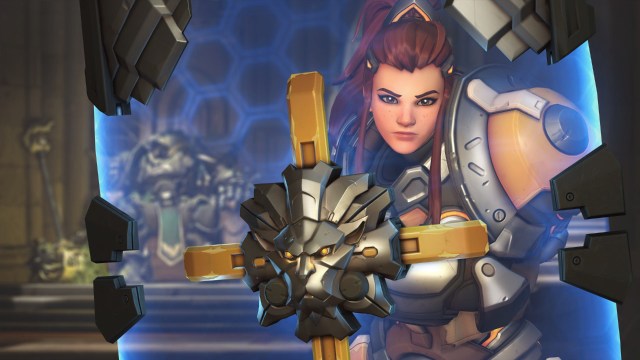
Goats’ initial tactic utilizing this combination was to be unkillable, then body the entire enemy team to pick off at least one player, creating an inescapable situation they had the advantage in. If this sounds uninteresting to watch—it was—as strategy was limited to this one tactic. They simply needed to defend and switch to attack all at once. Teams running this composition had an easier time communicating as they relied on that approach.
GOATS dominated Overwatch League for this exact reason but at a cost. More popular teams copied the composition, such as Fusion University and London Spitfire, the Overwatch League season one winner. This led to one of the first major issues of the composition becoming so popular—the saturation of it became boring far too quickly.
For well over a year, three tanks and three supports on each team were the only composition in competitive Overwatch. Fans expected this meta to last a mere season, but GOATS persisted for five esports seasons straight. This led to a dip in overall interest in Overwatch esports due to how predictable and stale it was.
It became so bad that teams poked their heads out of spawn, clocked the GOATS composition, and switched to the same characters, as this was the only effective way to hold their own against the death ball. The number of boos heard from the audience was indicative of how detrimental this initially harmless composition was.
GOATS would go on to be one of the longest-running go-to compositions Overwatch has ever seen. What made it doubly concerning is how the post-GOATS meta was balanced. Eventually.
The impact of GOATS on Overwatch balance updates and why it was nerfed
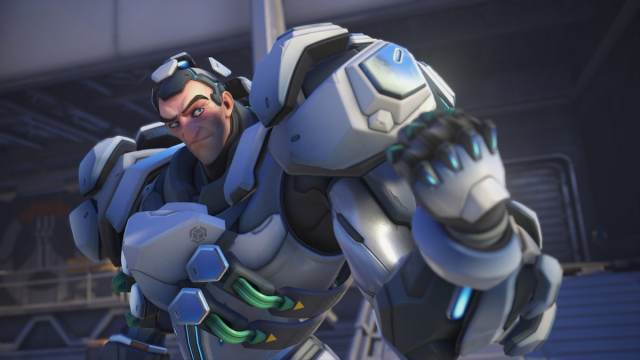
GOATS became a viable and fearsome composition due to one single factor. On March 20, 2018, Brigitte released, and she was completely overpowered. She couldn’t get knocked down, her shield could bash through every barrier and had too much HP, she could stun you every five seconds, and her rally provided too much armor. She received numerous nerfs over an entire year, but even by August 2019 with an entire rework on her kit having been made, she was still a constant threat despite being a mere support character.
In that year of Brigitte nerfs, GOATS continued to thrive thanks to her overpowered kit. Blizzard’s hand was forced. At the same time Brigitte’s kit was changed, role queue was inevitably implemented. While this matchmaking system had been requested by fans pre-GOATS meta for consistency and balance reasons, it was the only way Blizzard could kill GOATS for good.
The decision inevitably brought about an equally polarizing composition called Double Shield. This meta initially starred everyone’s favorite ice queen—the well-intended but just as grueling character to play against, Mei. Mei would be the key damage dealer in this composition, alongside Baptiste. An Ana or Mercy would complete the support duo, providing consistent healing and boosters. Reinhardt, Orisa, or Sigma would be the double shielders, completing the comp (the latter being the main cause of this new meta as he was, at the time, the newest hero added into Overwatch).
Is GOATS still viable in Overwatch today?
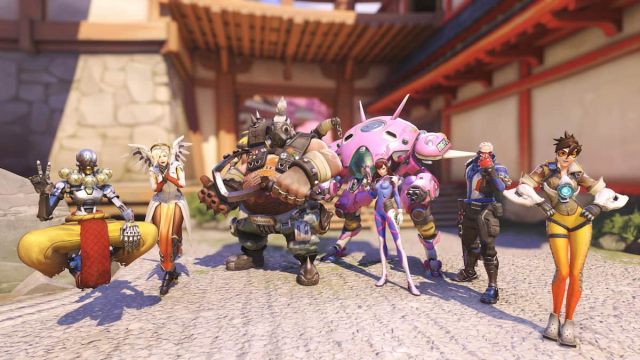
GOATS was always going to wind up as a distant memory due to role queue. But if there was any single nail in the coffin being delivered that’d end its popularity, it was the major changes made in overhauling Overwatch into Overwatch 2.
Overwatch 2 saw many updates in its release in August 2023 to separate itself from the original title. Kits were reworked entirely, all hero roles received unique passive abilities, and most importantly, six-vs-six became five-vs-five.
GOATS is not only a thing of the past but will remain a monumental moment in Overwatch’s history, whether you were a fan of it or not. It’s clear—GOATs definitely left its mark.

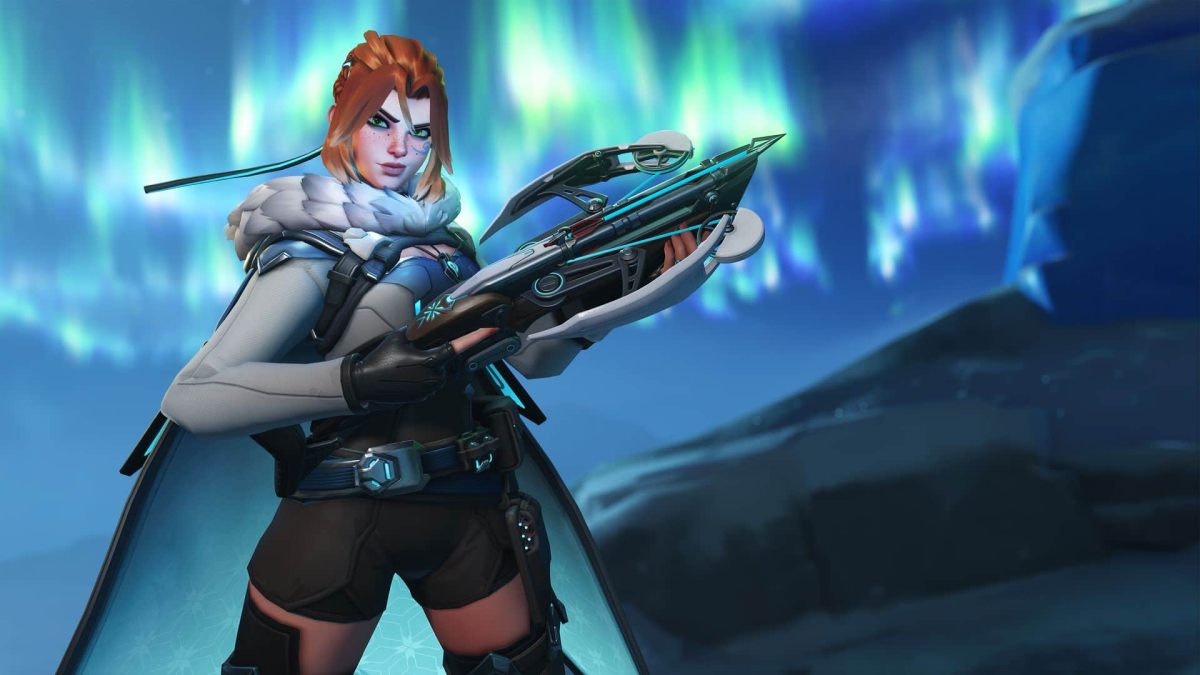
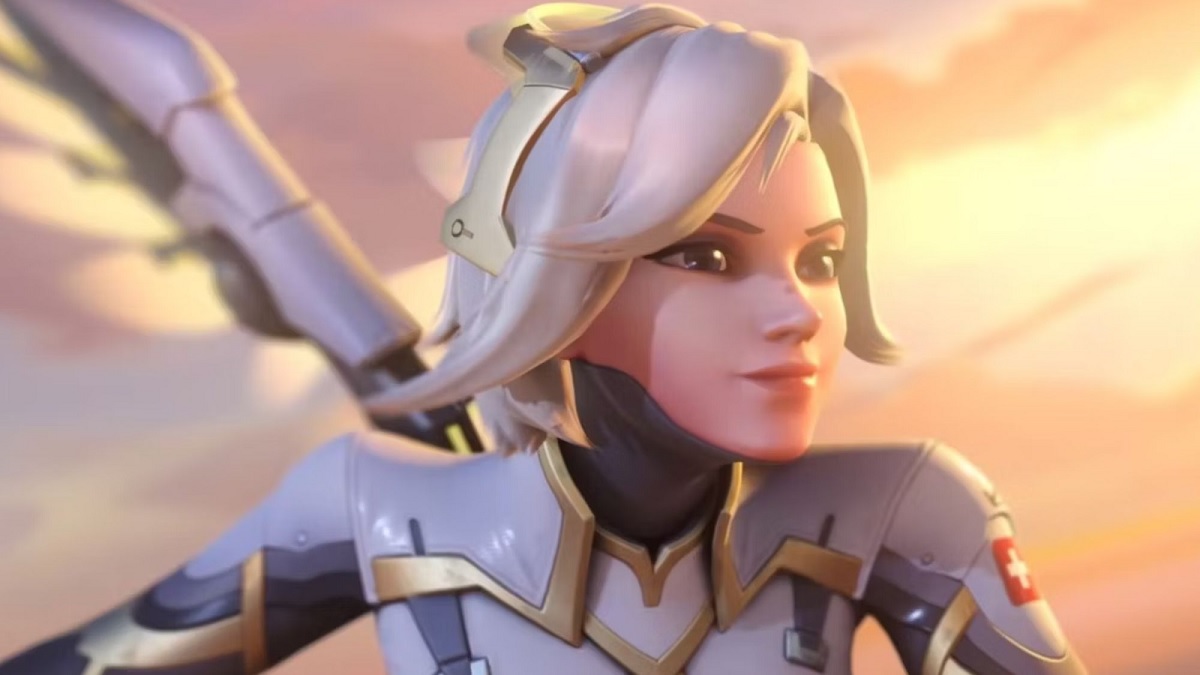


Published: Feb 14, 2025 06:17 am